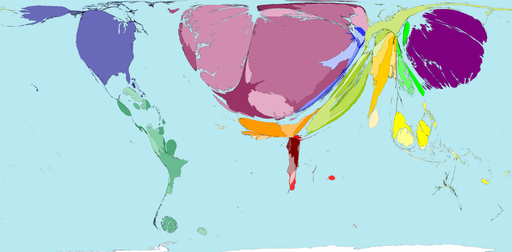Nature is still supplying more than two-thirds of all “new chemical entities” that end up approved as drugs, according to the third in a long-term series of studies by David Newman and Gordon Cragg. Their scientific study of drugs introduced between 1981 and mid 2006 is online here. The study also reveals that 2004 saw the lowest number of new drugs introduced since 1981. According to New Scientist magazine, which reports on the study:
“The dip was due in part to the international Convention on Biodiversity rules covering exploitation of natural resources, says Danna Leaman of the World Conservation Union’s medicinal plant specialist group. She says that the Convention, signed in 1992, has increased the bureaucracy and cost of getting people into the field to collect plants for drug discovery.”
The scientists and reporters conclude that diversity is a vital and extremely valuable resource in the search for blockbuster drugs. And so it is.
My real problem with this whole approach is that it fails to disentangle agricultural biodiversity, and as a result countries think that their agricultural diversity is going to produce the same pots of gold at the end of the rainbow. But while drug companies may discover their billion-dollar blockbusters in plants (and occasionally animals) they don’t harvest them directly. They mimic and alter the drugs and find ways to make them under their control. Agriculture is not like that. Genetic resources find their way into new varieties and breeds, which are then commercialized. But the amounts involved are nothing like those in the pharmaceutical world, and yet that’s the backdrop against which people discuss agricultural bio-piracy. Here’s hoping that the International Treaty on Plant Genetic Resources for Food and Agriculture does indeed ease access and share benefits, as it is intended to do, and that the flow of genetic material starts up again in earnest.
While we’re on the subject of lumping all biodiversity together, another academic study has produced a biodiversity map of the world. While a press release and a report or two mention ecosystem services, they don’t tell us to what extent the scientists examined either agricultural species or the genetic diversity within those species. And I have not yet been able to get to the scientific study to find out.
